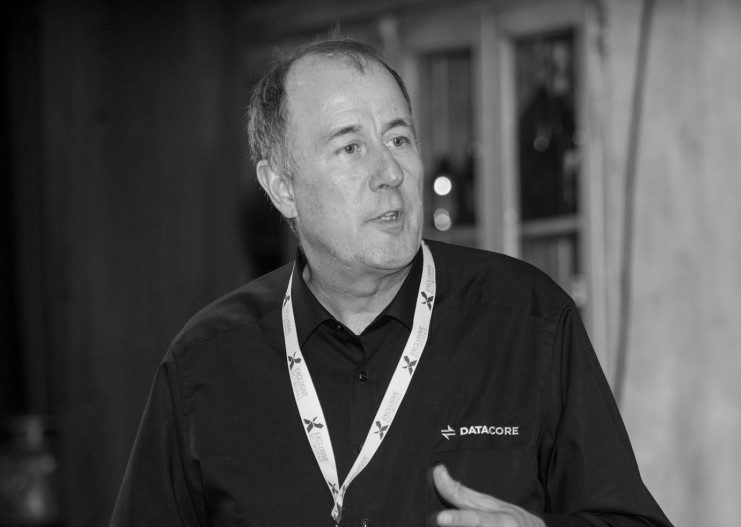With new applications and the rise of artificial intelligence (AI), data centers play a major role in our energy consumption. By 2025, data centers are expected to consume around 20% of electricity and generate 5.5% of emissions. There is therefore a need for sustainable solutions, including in the way we store data.
Green storage is a set of methods and technologies that allow us to store data in the most environmentally friendly way possible. From energy-efficient hardware to limiting the volume of data itself, data centers will need to focus heavily on sustainable practices in the coming years. Ultimately, it’s not just the planet that benefits, as the focus on efficiency will also significantly reduce operating costs.
Storage is of course just one cog in a much larger system, but it will certainly be critical to intelligently managing our growing data volumes. That’s why we’re discussing four techniques that lay the foundation for more efficient data storage. The common thread in our story is software-defined storage. By placing a software layer on top of storage, you need less hardware and can store data at scale. At DataCore, we offer this in the form of Swarm, a software-defined storage solution for core, edge, and hybrid cloud environments.
1. Make the most of the resources available to you
The basis of software-defined storage is that you extend the lifespan of your current storage. The software ensures that you use every available drive for storage and thus do not have to constantly purchase new storage media.
For example, if you buy a new car every four years, you will always have the most sustainable vehicle on the market. But if you drive the same car for twenty years, your footprint will also remain limited because there is no need to constantly produce a new car. The same goes for storage. The answer may be somewhere in the middle, but you will definitely be green if you expand and extend existing storage as much as possible.
Virtualization plays an important role in this. The technology separates the direct connection between physical storage and applications or users. This gives you a virtual pool of storage resources that is easier to manage. Other advantages include significantly less dependency on vendors, easier integration of new technologies and the ability to migrate data without disruption. This allows data centers to grow and expand without exponentially increasing their energy consumption and footprint.
2. Reduce your data footprint
Another aspect of software defined storage is the idea that you can use intelligent functionality that is in the software rather than the hardware. This means that you need less “iron” to do the same task and use less energy.
Important techniques here are deduplication and compression. Data deduplication ensures that redundant data is not stored multiple times in its original format in the storage system. Once the first data record is stored, the next identical data record points to the original, avoiding unnecessary duplicates.
Compression then further reduces the size of the data, meaning less space is needed to store more data and the bandwidth of data centers also needs to be reduced. AI and machine learning (ML) also offer additional possibilities here.
3. Manage the energy consumption of the storage system
Software Defined Storage therefore adds a little intelligence to a storage system. For example, if a storage device doesn’t need to do anything, you don’t want it to be fully utilized. Intelligent software allows you to shut down nodes or disks, which reduces your energy consumption.
Advanced technology takes into account different workload requirements and ensures that systems go into a low-power mode when demand is limited. When demand increases, they can be immediately activated again. This also reduces hardware wear and tear.
4. Place data flexibly in the right place
Finally, software allows data to always be placed in the most efficient place. For example, load balancing ensures that workloads are evenly distributed across storage devices, preventing a system from becoming overloaded. Data placement then further evaluates where data is stored. High-performance data needs to be accessed quickly, while cooler data can be stored on slower, more energy-efficient and cheaper storage systems.
Conclusion? Data centers have a significant impact on our energy consumption. With new energy guzzlers such as AI applications, this footprint is only getting bigger. Thanks to software-defined storage, data centers are fit for the future and can grow energy efficiently with the demands of the market. They have the flexibility to implement the necessary optimizations to make data centers as sustainable as possible.
This is a guest post by Pieter van de Burg, Senior Solutions Architect Benelux at DataCore. DataCore offers flexible software-defined storage solutions with SANsymphony and Swarm. Click here for more information and calculate how much energy you can save.
